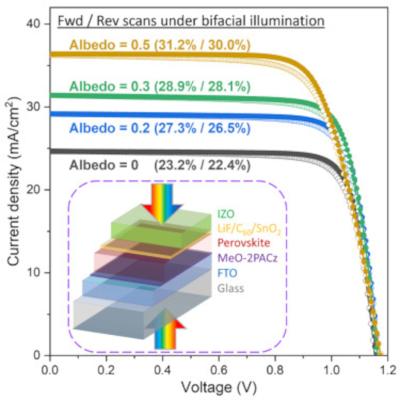Revkor and H2Gemini partner to build U.S. HJT/perovskite solar plant
Reports suggest that REVKOR Energy Holdings, a U.S-based renewable energy company, and H2GEMINI Technology Consulting, a Swiss-German manufacturer of solar machinery and equipment, have formed a partnership to construct turnkey HJT solar cell and module manufacturing facilities and collaborate on the development of new generations of high-efficiency HJT/perovskite solar cell architectures.
Under the terms of the partnership, REVKOR and H2GEMINI will collaborate to establish high-efficiency HJT PV cell and module production across multiple project sites, with a targeted capacity of 20GW by 2026. The first phase of the project will focus on building a 5GW annual production facility, aiming for production to begin by the second quarter of 2024. Subsequently, in Phase Two, the capacity will be expanded to a total of 20GW by the end of 2025. This partnership comes just before the completion of REVKOR's Phase One facility on August 5th, 2023, spanning 1,067,000 Sq Ft in Salt Lake City, will become operational late second quarter 2024, with the HJT/Perovskite 5 GW equipment fully installed, this facility is meant by Revkor (as mentioned on its website) to become the first HJT/perovskite solar cell and panel manufacturing plant in the United States.




